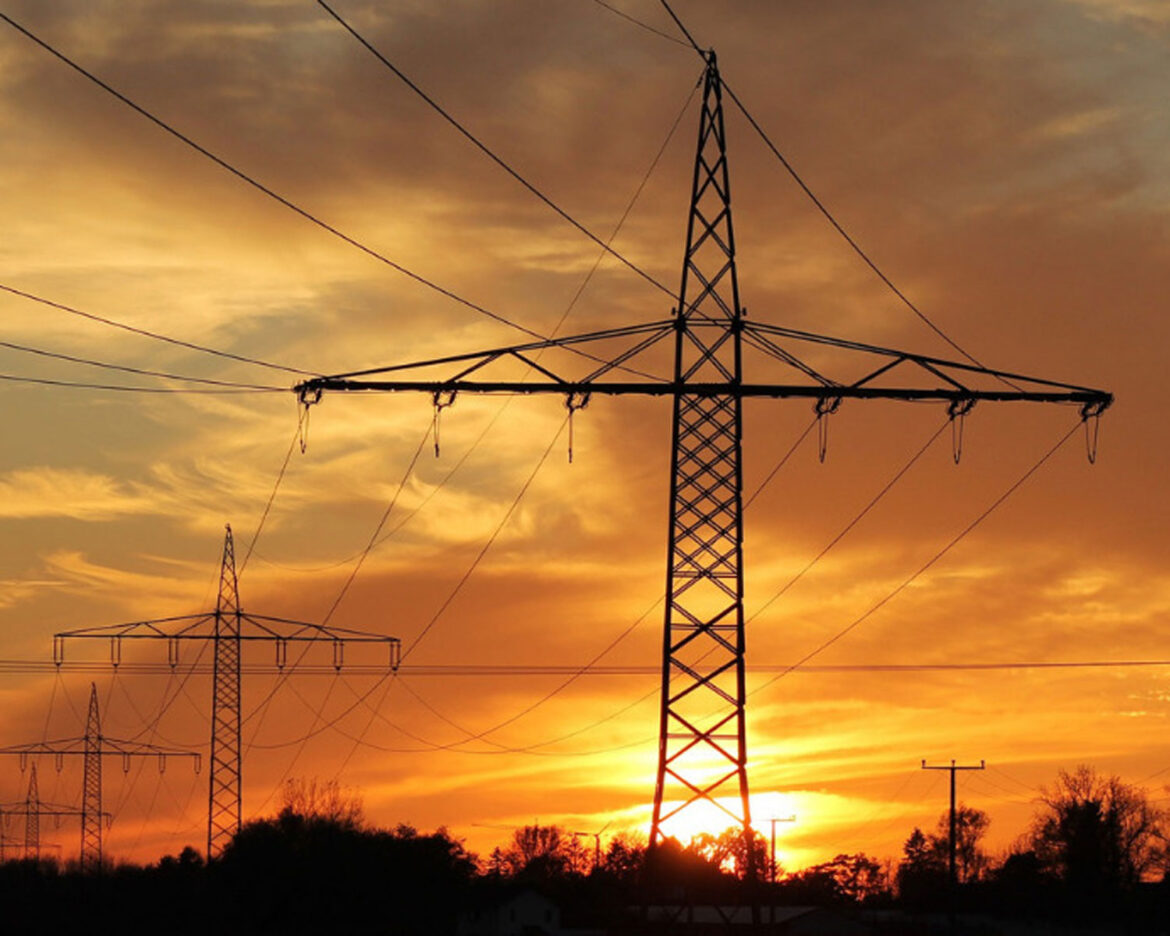The National Electric Power Regulatory Authority (Nepra) on Thursday approved a reduction of 85 paise per unit for the fuel cost adjustment (FCA) on electricity consumed in August, reflecting ongoing internal disagreements within the regulatory body. The adjustment, implemented by a 4:1 majority vote, comes after a month-long delay following the public hearing on September 26. This decision marks the latest in a series of FCA reductions during the current fiscal year, attributed mainly to a 20% base tariff hike effective from July 1, 2024.
Nepra’s tariff member, Mathar Niaz Rana, questioned Rs8.4 billion in past arrears allocated to bagasse-based power plants, advocating for an additional Rs1.28 per unit reduction in the FCA. Rana also raised concerns over the high fuel costs of bagasse-based plants, linked to imported coal, and called for public hearings to reassess these rates.
The regulator’s technical member underscored systemic inefficiencies, including the high cost of unutilized power plants and the underuse of critical transmission lines, which he said burden consumers financially. For instance, the Lahore-Matiari transmission line, operationally limited, has been incurring capacity payments despite only a 39% utilization rate.
While the minor relief in FCA may offer some financial respite, Nepra clarified that it would largely be applicable in the billing month of November for consumers whose October bills were already issued. However, domestic consumers using up to 300 units monthly, electric vehicle charging stations, and prepaid electricity users will not benefit from the adjustment.
The tariff member also recalled objections raised by consumer representatives regarding the FCA adjustments for bagasse-based tariffs, citing the lack of a public hearing as a critical oversight. The Ministry of Energy had filed a reconsideration request to address these issues, which was dismissed by Nepra on legal grounds. Rana argued that the ministry’s request deserved further consideration, highlighting the necessity for greater consumer input in regulatory decisions.



